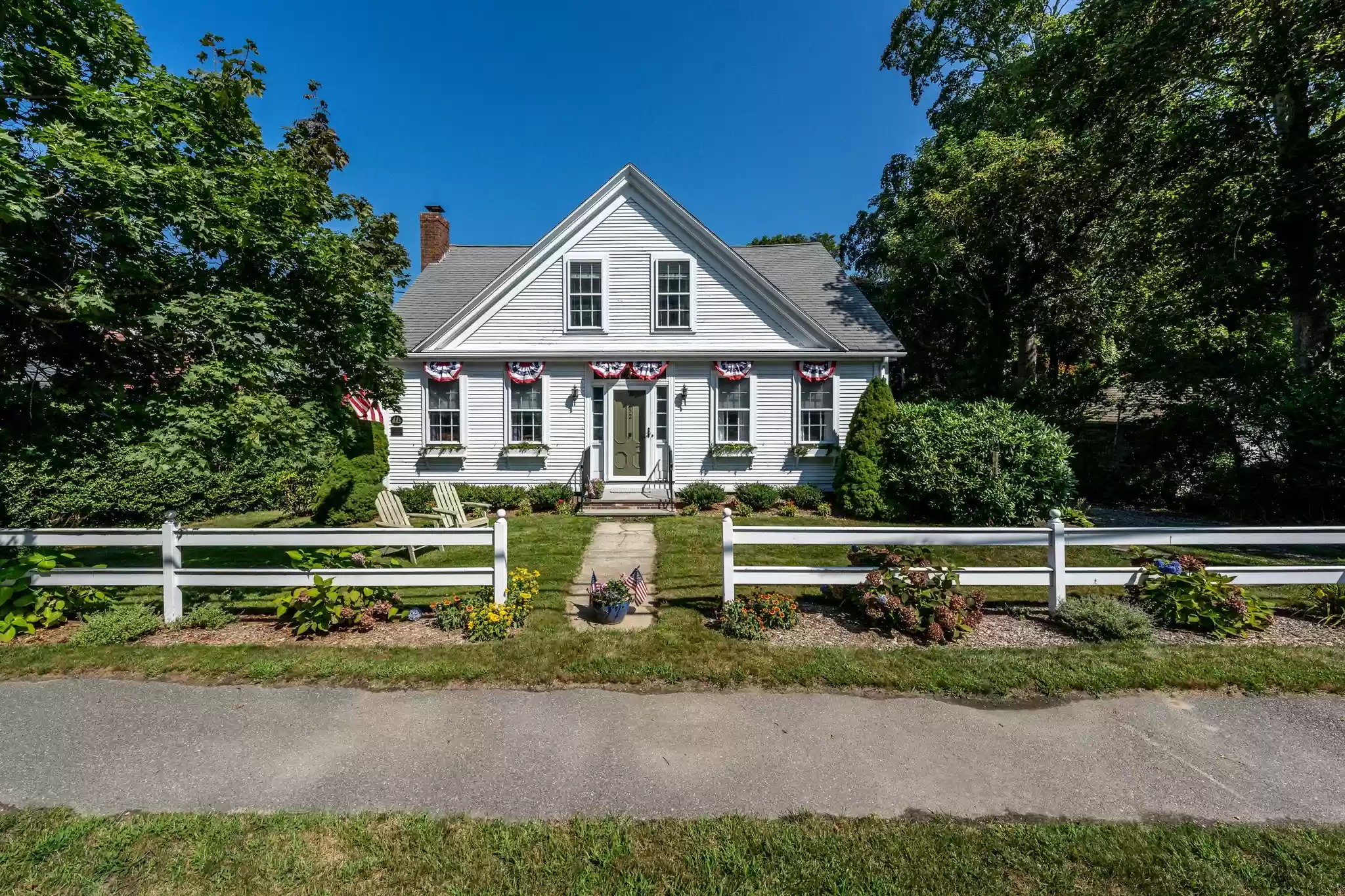 Are you planning to purchase an old home? This could be a very smart real estate move, as old houses tend to cost less than modern builds. Additionally, if you're the type of person who appreciates the nostalgic appeal and charm of an older home, then this will be a gratifying choice for you.
Are you planning to purchase an old home? This could be a very smart real estate move, as old houses tend to cost less than modern builds. Additionally, if you're the type of person who appreciates the nostalgic appeal and charm of an older home, then this will be a gratifying choice for you.
Although Older houses bring undeniable historical character and uniqueness, there are a few things you need to be aware of before buying one. Here is a list of important things to look for when buying an old house to avoid running into trouble.
HARMFUL BUILDING MATERIALS
The very first thing that you should check before buying or moving into an old house is the presence of harmful building materials. Generally houses built before 1978 likely contained lead-based paint at some point and perhaps still do. A seller must disclose if they are aware of this hazard but it's always a good idea to check. Heavily peeled or bubbled paint can be a sign that it's lead-based which may present a hazard and possibly a flaggable issue by the appraiser who may require it to be removed and painted over in order to approve a buyer's financing for the home. Asbestos is another material that was commonly used in older homes, particularly in siding, flooring, or insulation. A good inspector can identify/test for this hazard but it's a good idea to familiarize yourself with the different types in order to spot it before writing an offer. If asbestos is found, it can not only be a serious health hazard but could also hurt your future resale value if not remediated and the removal cost can be quite high.
FOUNDATION ISSUES
The foundation of a home plays an important role in its overall stability-it's what the structure sits upon. Many old houses tend to have some foundation issues due to wear and tear seismic waves, tree roots, or lack of preventative maintenance aimed at keeping water away from the base of the structure. A good inspector can suggest remedies and speak to the severity of the problem but a structural engineer may be recommended to have an accurate assessment of risk and repair cost.
ROOF & ATTIC CONCERNS
Older homes often lacked the proper coding to ensure the attic space was adequately ventilated. Much more is currently known about the importance of ventilation than in previous eras. Unless this issue was addressed at some point by a past owner, lack of ventilation can lead to a quicker deterioration of the shingles and roof planks. It can also make a home much hotter in the summer months and lead to more ice damming in the winter. Hot moist air, unventilated can lead to mold growth in the attic which not only can enter the home's air circulation but also deteriorate the roofing materials. Another thing to check on an old home's roof is the condition of the chimney. Years of water erosion can make a brick chimney structurally weak. The flashing around the chimney can also be defective, making this a common entry point for a roof leak.
ELECTRICAL CONNECTIVITY
Unlike modern homes, older ones usually have old electrical connectivity, which cannot withstand modern usage and appliances such as HVAC systems, computers, and televisions to name a few. Therefore, you need to ensure that the connection is updated before you finally move in. Among the areas to pay attention to are knob and tube wiring. These kinds of wiring were common in the early 1900s and are likely to be no longer effective. Also, older homes may have many ungrounded outlets which increase the risk of electric shock, especially ones close to a water source.
Moving into an old house can be a great decision. It brings a piece of history, uniqueness, and classic proposition to your life. If you're determined to own an older home though, you need to take your time and check on the things mentioned above. Having a great Realtor to represent you on the purchase will help greatly with negotiating through the roadblocks while recommending qualified vendors. Doing this will help you get a house worth your money and ultimately protect your investment!



